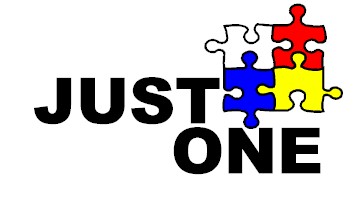
“I can’t seem to get my donor to relate to what we are trying to do,” explained the frustrated MGO. “I tell her over and over about all the people that need our help, and it just doesn’t seem to click. It’s like the donor’s eyes glaze over!”
That commentary sums up one of the biggest errors made in major gift fundraising and fundraising in general. The error is talking about a societal problem using big-picture language, rather than boiling it down to one person, one animal or one forest.
Paul Slovic of the University of Oregon published his research findings on why people find it difficult to think about helping many vs. one: “…a million people in need speaks to our head, not our heart,” Slovic says. “As the numbers grow, we sort of lose the emotional connection to the people who are in need.”
He goes on:
“What motivates us to help others whose lives are endangered? More specifically, what motivates us to help in certain situations, while in others we turn away? The answer to this question depends on the extent to which we value potential or actual losses of lives. Normatively, the scope or magnitude of a disaster or crisis should be the main carrier of value and motivation to act. But, descriptively, our actions are sometimes insensitive to, or even demotivated by, increasing numbers of people at risk (Slovic, 2007). For example, a single identified victim often evokes stronger feelings and greater willingness to help than an unidentified single victim or a group of victims, identified or not.”
These findings support the best practice in fundraising copy writing and major gift presentations: you must tell a story of one person or one situation in order to illustrate the need. This is why Jeff and I place so much emphasis on gathering stories – stories that illustrate the need through the life of one person (or the condition of one animal, or the state of one lake).
Storytelling like this helps the reader (in this case, the major donor) relate, empathize and connect.
This practice is essential on the front end of fundraising in order to describe the need and ask the donor to solve a problem. It is also very important on the back end of fundraising, when you tell the donor she solved a problem and that her gift made a difference.
Keep this in mind as you craft your proposals, presentations and meetings in the coming days and weeks AND as you create your “thank you” and “reporting back” communication. It will help your donor relate to what you want her to do. It will help your donor connect her passion and interest to the need your organization is addressing. And it will help your donor know that her giving has made a difference.
Richard







0 Comments